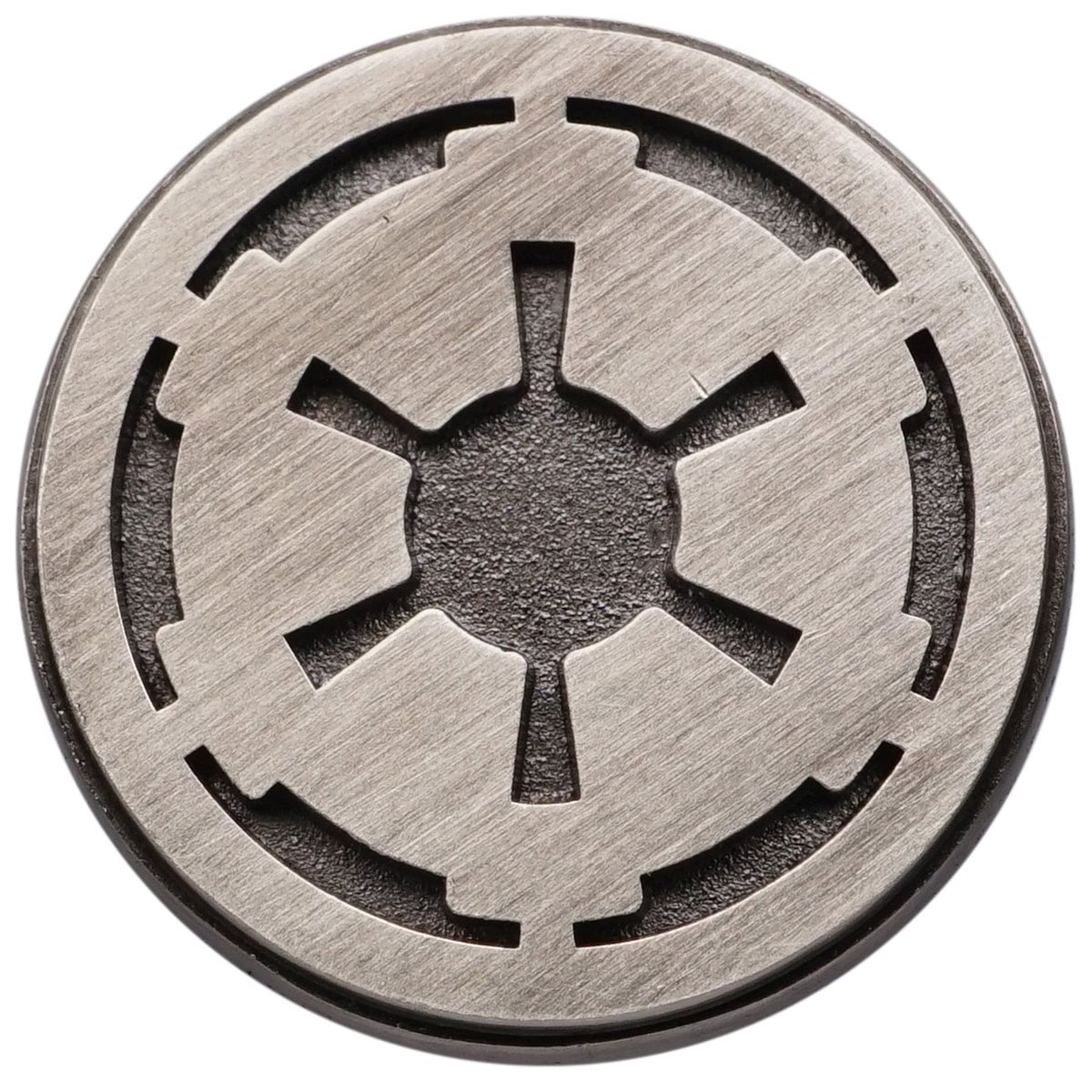Basically title. I’m creating a binary planet system and am trying to figure out the impact that being tidally locked and having 6-8 day-long days would have.
I know gravity would be a bit less and the planet would be more spherical. I also know day and night temps would vary a lot more (kudos if someone can point me to how much), and there’d be a single-cell global circulation pattern. Plants would have to have evolved to survive darkness for longer periods. And obviously there are far-reaching implications for intelligent beings eg sleep cycle, etc.
Anything else I’m missing? Any detail anyone can add? Thanks a lot!
Edit: to clarify, I mean two planets orbiting each other and one star, not a binary star system.
By binary planet system do you mean two planets or one planet circling two stars?
If it was tidally locked I don’t think it would have days at all right? Since the same side will always be facing the stars in the center (Apparently not always true actually - check out tidal locking on Wikipedia). That means the main spot to inhabit, if any, would be near the division of light and dark.
Two planets tidally locked with each other, orbiting a single star. The days do end up being the same as their orbital period, but that’s only going to be 6-8 days bc they’re orbiting in such close proximity.
There’s a lot of other fun effects of this, like very frequent eclipses and the other planet going through phases daily on one side of the planet while the other side has no direct interaction and feels much more like our planet.
Woah that sounds a lot more complicated to explore! Best of luck with it 🙂
You mean those two planets rotate around a common center while orbiting around a star? Wouldn’t they just have normal long days and nights as even though they face each other with the same side, they wouldn’t do it with their star?
If they’re tidally locked to each other, they’ll rotate once everytime they make a full rotation around each other. Eg if the planets orbit each other in 6 earth days and a point starts by facing the sun, three days later they’ll be facing away from the sun, and then another three days later they’ll be back to facing the sun. Their day/night cycle is 6 days.
Yeah okay but how long a day is would depend on their shared revolution. What probably could happen is that the outer face had longer day and night cycles and the inner face.
I’ve looked for solar system simulators/sandboxes a couple times and always come away disappointed. Nobody seems to be into programming a way for me to validate my setting’s quirky tight binary star system and the hilarious hourly wobble it creates as the only perceptible sun goes across the sky.
You might be mixing up a few things, since there’s a bit here that doesn’t make sense.
I know gravity would be a bit less and the planet would be more spherical.
Gravity has very little to do with orbital or rotational period, and a lot to do with the mass of the planets. (You are right the planet would be slightly more spherical, though.)
I also know day and night temps would vary a lot more (kudos if someone can point me to how much)
This may also depend heavily on atmospheric composition, density, and eccentricity of orbit more than just the binary arrangement.
One other topic I didn’t see brought up: Are the planets and their orbit arranged planar to the star, such that they will regularly eclipse each other? Or are they tilted so that they’ll never actually intersect?
Do those siblings orbit a star at the same constant distance, or do they change their position through their shared orbital period? I guess both would form an equator which beyond that would always be either in the shadow of its other Sibling or facing away from the Star.
I imagine that the outer facing side would have regular day and night cycles equal to the sibling’s full revolution.





